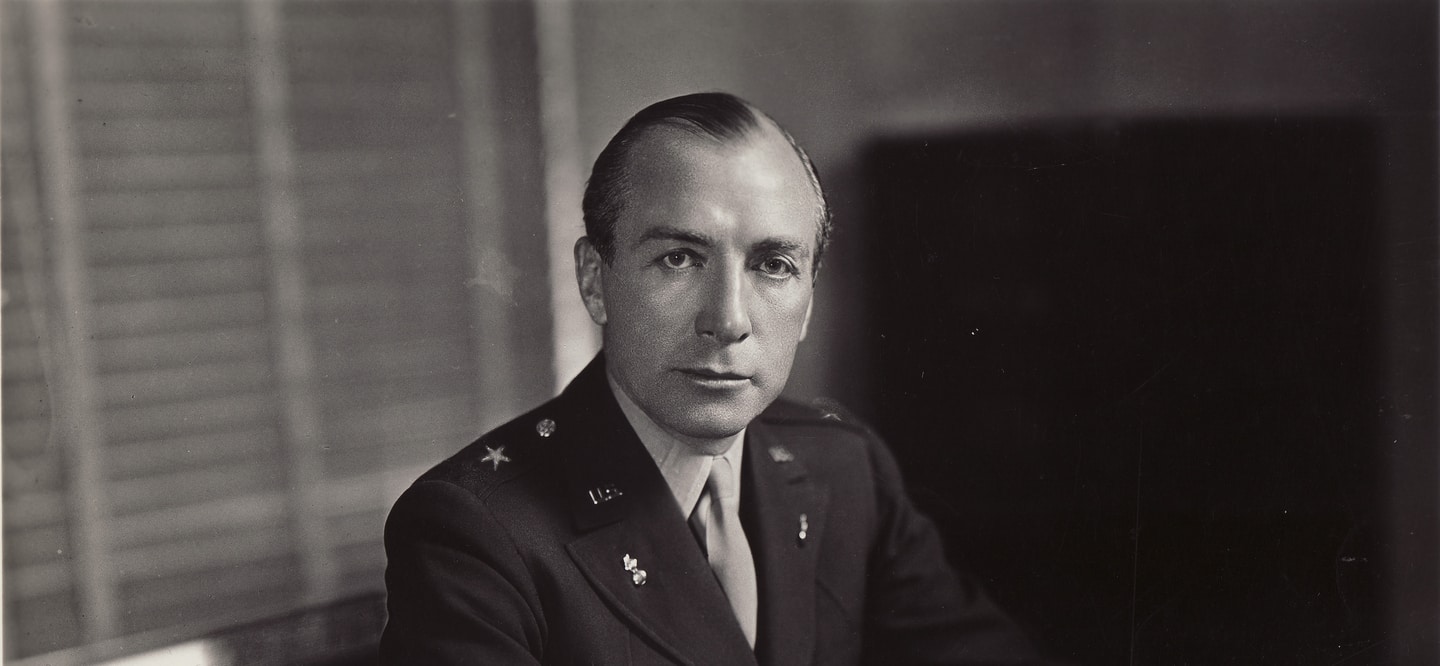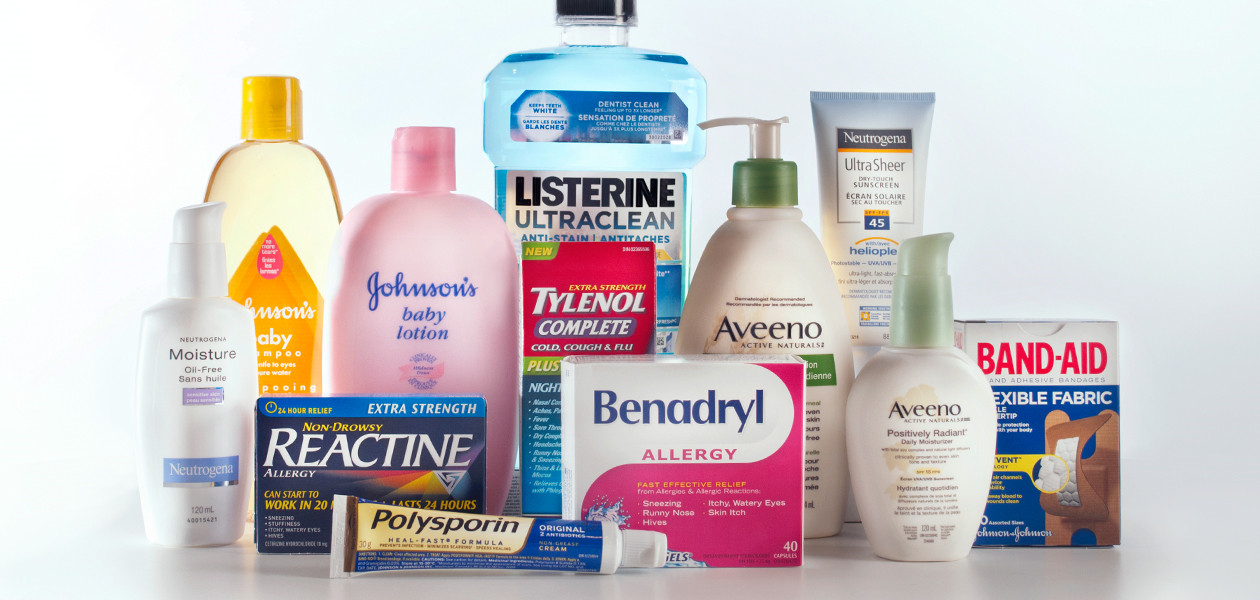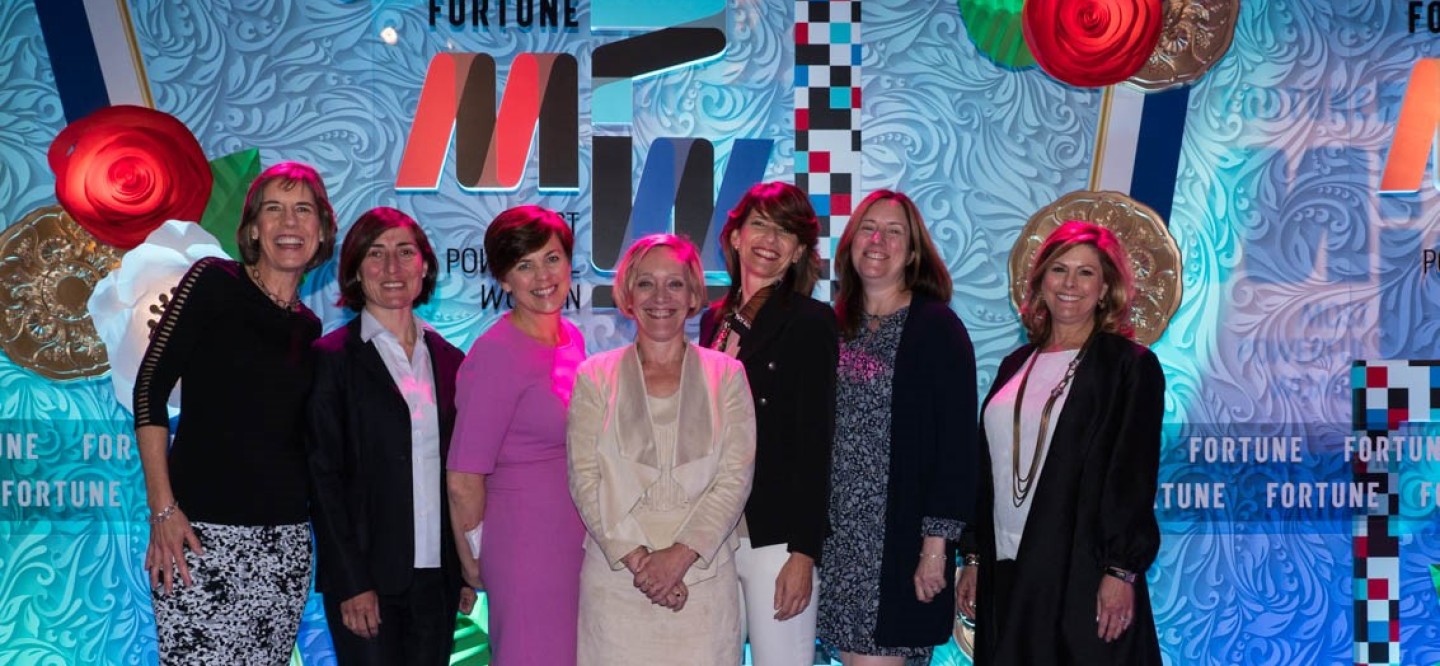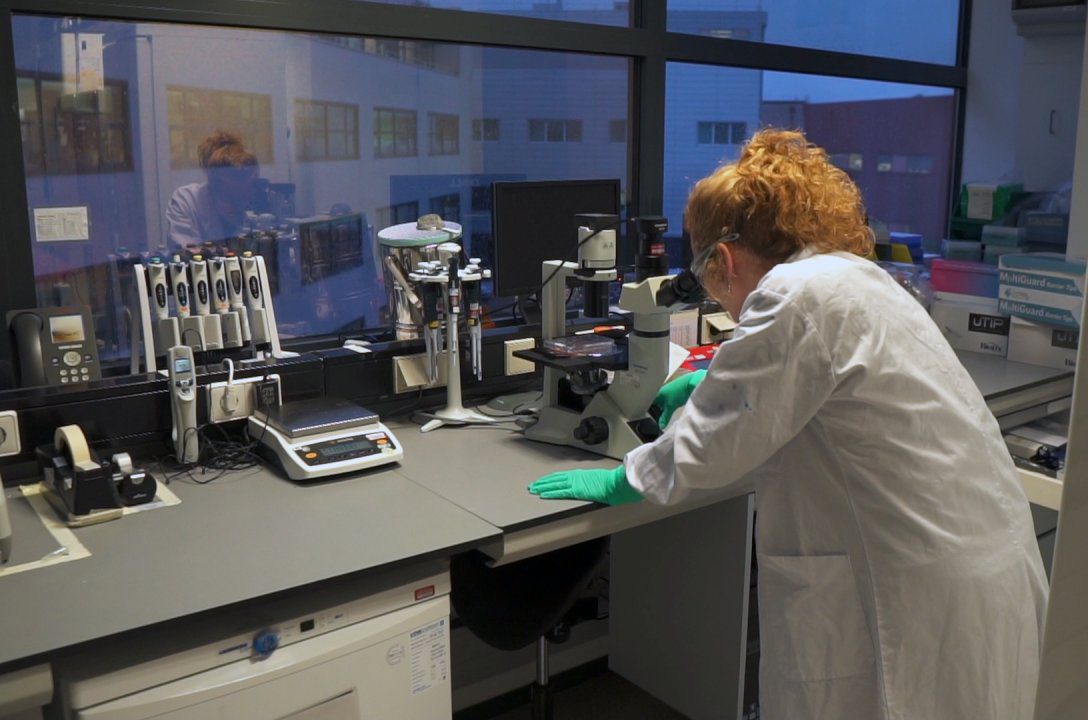Why Johnson & Johnson’s Success Deserves More Attention Than Their Controversies
Every time someone mentions Johnson & Johnson (J&J), we might just associate this brand with the baby powder which has become quite a controversial product. Thus, its sales have been on a decreasing mode since thousands of lawsuits have been filed by women claiming that the use of it has led to ovarian cancer.
The company protects its baby powder and assumes that it is completely safe now. Yet there does not seem to be any definite answers about it. And due to these issues around this product, in May 2020, J&J announced that this product will no longer be available in North America although they have been selling this baby powder for such a long time since 1894.
Despite this, it is believed that this change will have little impact on them since J&J is huge and they have a wide range of products to sell, baby powder is just a tiny part of their consumer sales division.
The biggest reflection of their size the stability is the fact that they are one of the 30 companies that lie in the list of Dow Jones Industrial Average, which means that their performance is considered to be reflective of the market in general. Since 1944, their stocks have been on the market and currently are valued at hundreds of billions of dollars. What is more? The fortune 500 lists also ranked J&J number 35 in terms of revenue, which is ahead of State Farm Insurance, Target, and IBM. That ranking has not been altered much over the past couple of decades.
They have had a couple declining years, yet generally increasing to the 82 billion dollars that they are at today. In fact, before 2008, for 76 consecutive years, they experienced a rise in revenue, which was higher than the year before it. Besides, their dividend has been on a rise for the past 57 years. They can afford it since their business is pretty much always profitable, basically earning well over 10 billion dollars every year.
How J&J’s Victorious History Began
In the 1800s, that was the time of J&J when they could make a significant impact on the medical industry by either inventing or acquiring multiple successful brands that we know today. But before jumping to their beginning, let us go back to the days of President Lincoln and the American civil war. That was the war period, and when it came to treating wounded soldiers, there was only one word to describe the state of medicine back then which is “dangerous”. At that time, dangerous infections were a big concern of the medical community. And to prevent the infections from spreading, it was common practice to just cut off someone’s limb. By contrast, this practice can be tricky since many times the amputation procedure itself could result in a life-threatening infection.
There were scientists at the time like Louis Pasteur and Joseph Lister trying to research and finding out that germs were the primary reasons for those infections. While Lister was a big supporter of a sterile surgery, which is to make sure that everything was clean and sterile before conducting the surgery. The method he used was to spray absolutely everything with carbolic acid which might not have been the best solution, but it did reduce the infection rates, which is obvious to us nowadays. But at first, people generally did not believe in it, Lister’s ideas were seen as new and radical, which could not convince the medical community.
Now let us get back to J&J. Although the name has two Johnsons, there are actually three Johnson brothers, whose names are James Wood Johnson, Robert Wood Johnson, and Edward Mead Johnson. The famous logo that we know today was based on the signature of James Wood, a talented engineer, but Robert Wood was more at the center of things.

While James and Edward were involved in the war, Robert could not join with his brothers due to his young age. Instead at the age of 16, he first started his moves in the industry of medicine when he became an apprentice at a relative’s pharmacy in New York. About 10 years later, Robert together with his partner founded his own company producing the patches that you could put on and they could deliver medicine directly through the skin, which was more common back then. And it was not long before his two brothers joined the business offering their respective talents and they were all working together in 1876.
Few years after Robert started his business, he attended a life-changing lecture by none other than Joseph Lister. He was speaking to the audience about his wild sterile surgery ideas that the medical community did not accept, but Robert was convinced. A decade later, Robert and his two brothers started J&J as the first company in the world to mass-produce antiseptic surgical supplies.
It was horrible to remind us of the time how the doctors were doing before J&J when they were using cotton straight from the fields with dirt in it, and they would close the wounds using threads from sewing kits, or they could utilize a typical c sponge and then reuse it for the next patient, which are then considered as the crazy practices nowadays.
Then J&J came and changed the situation. They mass-produced the safe antiseptic version of all of these supplies. People as well as the medical community gradually admitted the importance of these products. As a result, the company J&J continued to grow bigger as they were the first and only ones that could supply them on a large scale.
Their first commercial aid kit was first released in 1888 targeting the railroad workers who were working out in the middle of nowhere. In the same year, they published the modern methods of antiseptic wound treatment that soon became a standard for the medical community to safely treat wounds and perform surgery. Thus, we cannot deny the importance of J&J company, their products have resulted in so many lived being saved. And we could guess how J&J would logically grow from here.
Some of the notable products that J&J invented would be that baby powder, which was introduced in 1894. This year was their invention of maternity kit as well, which contained all the necessary stuff to prepare when a baby was born.
Another massive one would be the band-aid, which was introduced in 1921 as a way for people to treat their own cuts. The one who invented an initial version of the band-aid was Earle Dickson, who worked for the company. His wife often cut herself while cooking, which motivated him to invent something where she could take care of those cuts herself. J&J saw the potential for this invention and put it on the market. Later this product has become one of the most well-known products of all time.
J&J’s Profitable Acquisitions throughout History
Since 1958, J&J aimed to expand their business further by purchasing other brands. They started with their acquisitions of McNeil laboratories, which gave them a big push into the pharmaceutical industry. This McNeil was the maker of Tylenol, which is an aspirin-free. That means that for the past six decades, any Tylenol branded product has been introduced, produced, and sold by a division of J&J. In fact, it was only a prescription before their involvement, but within a year of J&J’s ownership, it was available over the counter.
Another expansion was in 1989 when J&J started a joint venture with another drug company that resulted in the creation of Pepcid in Mylanta. Later in 2011, they purchased the full ownership of that company.
The years later, there were even more acquisitions by J&J. To make it easier to understand, I will list down the key time stones.
1991: they bought Clean and Clear
1994: they bought Neutrogena for over 900 million dollars
1997: they bought Motrin
1999: they bought skincare business of S.C. Johnson for an undisclosed amount, which mainly consisted of the brand Aveeno
The same year, 1999: they introduced Splenda, which is the no-calorie sweetener

Yet all of these led to a much bigger acquisition in 2006. That was when they paid almost 17 billion dollars for the consumer health unit of Pfizer. That deal gave J&J control over numerous brands including Benadryl, Sudafed, Bengay, Neosporin, Visine, and Listerine.
Apart from these, they have over a hundred different products, which are Lubriderm, Rogaine, Nicorette. These might be considered as the largest or most recognizable products. But the surprising fact is that all these products with a hundred of brands under J&J’s consumer sales division only accounted for 17 percent of their business. In 2019, this division helped them earn 14 billion of 82 billion sales, which is their smallest segment.
The largest segment is pharmaceutical sales representing over half of their revenue. They provide all these drugs, that often appear in drug stores. Thus, if your doctor ever prescribes a medicine, there is a fair chance that it comes from J&J.
And the remaining segment is medical devices representing almost a third of their revenue. This division consists mainly of devices like joint replacements, screws, plates, and even contact lenses. In 1981, they purchased the company frontier contact lenses, which leads to their introduction of the popular brand Acuvue by 1988.
In fact, over the years, J&J concentrated on the bigger acquisition involving these segments, rather than the consumer products.
1996: they bought Cordis for $1.8 billion, the company focused on treating cardiovascular diseases
1998: they bought the orthopedics company for $3.7 billion
2001: they bought a company, Alza, that focused on drug delivery methods for $12.3 billion
2011: they bought a Swiss firm, a maker of medical devices for $19.7 billion
2017: they completed their acquisition of Actelion-a pharmaceutical company with $30 billion
It can be said that apart from their controversial baby powder, there is a whole different range of products that J&J is selling. Undoubtedly, not being able to sell the baby powder in North America will not be a big deal on J&J revenue since they have a bunch of other products that could replace it.
J&J’s Key Success: Diversity and Inclusion

Some might wonder how the J&J family could maintain such a successful culture through those 130 years and they are still growing bigger. The answer lies in its diversity and inclusion program. From the day of founding, only eight of their first 14 employees were women. And nowadays, the female leaders of J&J like Sandi Peterson and Jennifer Taubert are featured in Fortune magazine’s Most Powerful Women.
Long before they have understood the importance of having diverse minds working together to create the innovations. That is why they invested time in building a culture that allows their employees to change the world without changing themselves.
Below are some of the ways J&J do to make progress toward achieving the long-term diversity & inclusion goals.
Honored by accolades, but they do not rest on victory
Despite being featured in numerous complimentary stories, blogs, J&J never pat themselves on the back and call it a day. That they never feel satisfied with their progress is what makes them stronger. They are constantly innovating and improving toward creating more diverse and inclusive workplaces. As a result, they could secure the top rank on the charts such as Thomson Reuters Diversity & Inclusion (D&I) Index.
The key factor for their winning includes the diversity in the board of directors. In detail, it is 38.4% more diverse than the average among the top 50 companies. Moreover, their training includes the best-in-class mentoring programs, which educate about gender, functions, segments, etc. To them, the origin of great values and success come from the employees, so investing in them is a no-brainer.
Improve equality in STEM Fields
Women are often put behind men when it comes to science, technology, engineering, and mathematics. In fact, we all have the same right, and all genders deserve the same judgment. And J&J is leading the industry with this philosophy. They have been the innovative leaders in STEM fields for over 130 years, and undoubtedly, they are also leading the equality movement, in which they prepare for women and other underrepresented groups for sought-after STEM careers.
A program was held by J&J for supporting this is called “WiSTEM2D Scholars Program”. The goal is to provide funding and mentorship in concentration areas such as science, technology, engineering, math, manufacturing, and design. This is a small part of a larger program, which hopes to inspire a million girls with the ages from 5 to 18 to chase their dream careers in STEM fields.
More women at the top

J&J is heading to the world of equality when more than a third of its global corporate executive base is female. In the U.S. alone, the number of women who held management positions is over 40%. Furthermore, at JLABS, J&J’s incubator that aims to turn the ideas of healthcare startups into life, 23% of the startups in the program have the female leaders, while 18% are led by an ethnic minority. These figures are indeed much higher compared to the industry standards.
The belief that everyone is different and unique motivates J&J to have a higher commitment to diversity. With building an equal workplace, they could generate more different ideas, perspectives, which helps them to innovate more effectively. Perhaps, it is not an accident that they have been chosen as one of the best places to work by Glassdoor. What is more? In 2018, they were named as the world’s most admired company for the 16th year in a row by Fortune World. They were also placed #1 in the Pharmaceutical category worldwide for the fifth consecutive year, which makes them become the highest-ranked healthcare company to show up on the top companies list in 2018.
To sum up, J&J might appear in one’s mind as the brand with baby powder causing cancer. It is true that they have been through numerous scandals and issues. Yet this giant is still growing. Through the years, they constantly filled their business with profitable acquisitions and internal inventions such as band-aid. These have led to this multi-billion-dollar company that they are today. Also, they have become one of the best places for women to work and they can do it by building several programs benefiting the underrated groups. J&J indeed has more positive sides than the bad ones, and instead of blaming for their past mistakes, why don’t we pay more attention to their good points to learn and make the business more successful with diverse minds just like J&J have fulfilled?









